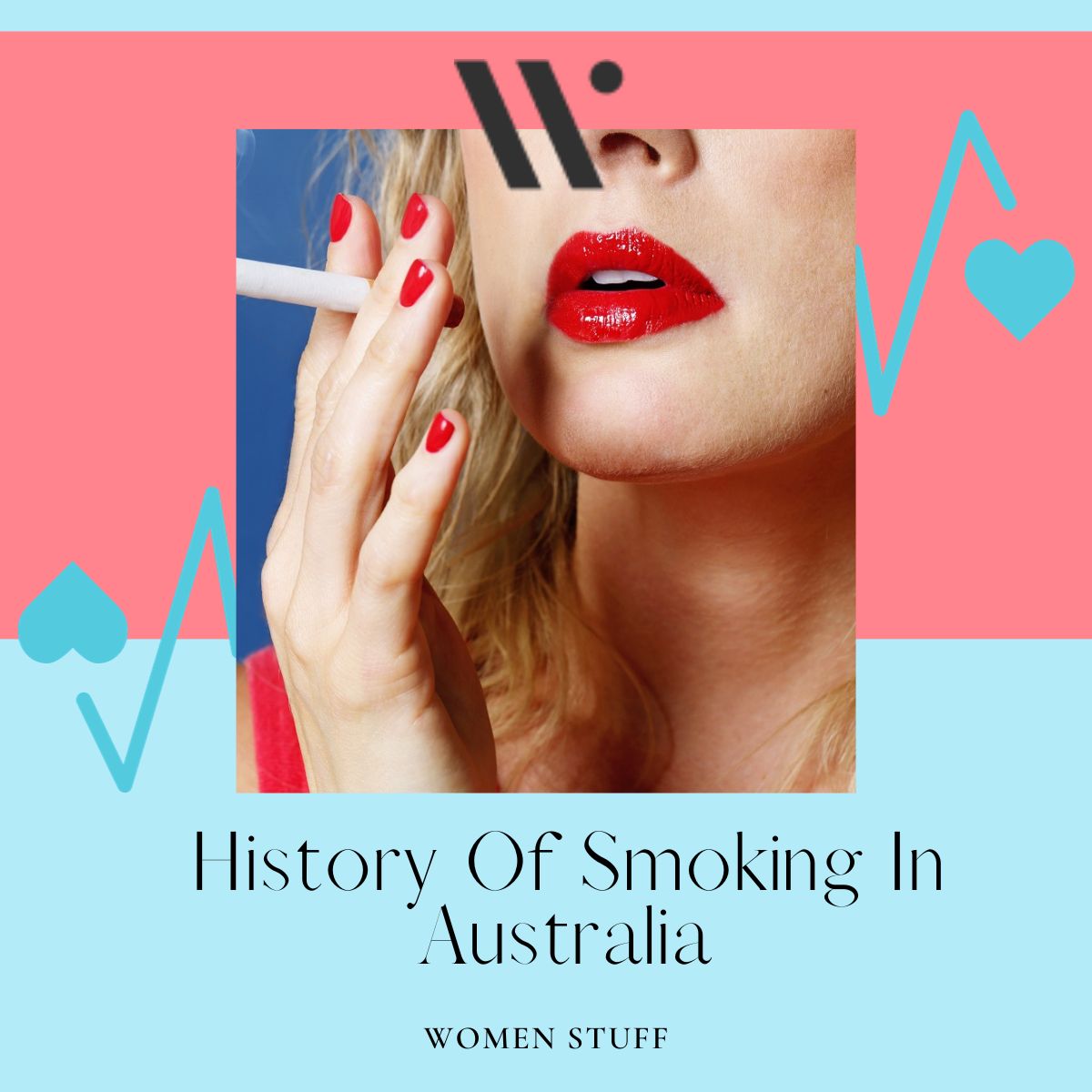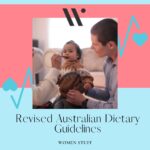
History of Smoking in Australia
Smoking is a dirty habit that many Australians have dabbled with in their lifetimes. See below for a timeline of the history of smoking in Australia.
1700
Smoking was first introduced in Australia by Indigenous communities who frequently dwelled with Indonesian fishermen.
1788
British patterns of tobacco were traded to Australia and it was widespread among officers and convicts and was adopted rapidly by Indigenous people as well.
1800s
Tobacco was an essential commodity among servants, prisoners, and conditionally released convicts. Australian indigenous people later passed a law initiating homegrown tobacco to be able to reduce imports and produce tobacco locally. Yet, it was then outlawed; land usage for food was the top priority, leaving tobacco to be one of the last commodities Australians should deem necessary. Still, several people illegally produced it, however, it was then sanctioned by the Australian colony.
1880
England developed machinery to mass-produce tobacco to be sold globally. The First World War also was a revolution for tobacco, wherein tobacco was donated to soldiers where mass consumption is rampant —- 60% of the imports were donated to them. Consequently, the tobacco consumption among Allied Armies escalated to 70% in comparison to the usage during the pre-war era.
1920
It was not until the 1920s that tobacco was available for all, not only for servants and the low-class individuals but for all adults as well. Although most smokers were males, and female smokers were typically prostitutes, marketing for tobacco was targeted to all women of different classes as well. When women started to engage in the workforce during the decade and they gained financial freedom like men, the rise of smoking rates among women became inevitable. Hence, one-quarter of Australian women were smokers, whereas three-quarters of men were.
The 1940s
As smoking among adults of all genders skyrocketed, smoking began to be one of the major sources of lung diseases among adults. Nevertheless, it was not until the 1970s that smoking among males began to decline, however, smoking among females still ceased to decrease.
1971
The Australian Council for Smoking and Health (ACOSH) was formed in Western Australia. It is an independent coalition to fight against smoking to have a tobacco-free Australia. The coalition was formed because of the extensive usage of tobacco that led to diseases and also had a major role in the mortality rate in the country. Yet, there were still 39% of Australians who used tobacco in the same decade.
1972
Cigarette packets were then designed with a health warning, and it was compulsory for cigarette producers. This was a substantial part of cigarette smoking control and is still used by other producers globally.
1973
To promote better health, the Australian government banned the direct advertising of cigarettes on television and radio. The state government’s concerns responded to the health risks of cigarettes, and thus promoted better alternatives to campaign-controlled usage. Instead of cigarette promotion, they sought campaigns to relay “quit smoking” messages.
1974
Metropolitan buses, trains, and ferries in Perth were smoke free-areas and discouraged cigarette usage in closed-area zones.
1979 – 1981
Evidence of the negative impacts of smoking was backed by scientific research in the hopes to discourage nicotine consumption. In a report conducted by the US Surgeon General, there were at least 30,000 scientific papers that would back up the negative claims against smoking. In 1981, Japanese epidemiologist Takeshi Hirayama demonstrated the risks of secondhand smoking, which was then followed by other scientific claims as well.
1983
An increase in cigarette taxes was imposed in Australia. The National Heart Foundation started with an education program to quit smoking and gained a worldwide reputation against the use of cigarettes.
1986
Smoking is banned in all domestic aircraft and all federal workplaces. Stronger health warnings also campaigned together with the Health Ministers in Australia. However, tobacco pays for a series of newspaper ads to relay that secondhand smoking is not at all risky. This was then countered by Justice Morling who claimed that the Tobacco Institute of Australia engaged in deceptive and immoral ads to their advantage.
1990
The Tobacco Control Act was passed and the Western Australia Health Promotion Foundation allocated sponsorships to sports and arts instead of smoking. The fine for smokers below 18 years old increased to $500 and free samples for cigars were banned.
1997
Quit smoking campaigns were introduced nationwide, which included all states and territories in Australia, especially the Commonwealth of Australia. It also included 6 phases or campaigns; ‘Artery’, ‘Lung’, ‘Tumour’, ‘Brain’, ‘Eye’, and ‘Tar’, which are major risks when individuals intensively consume cigarettes.
2000
The Tobacco Advertising Prohibition Amendment Act of 2000, was passed in November of the same year. This called for a ban on all advertisements of tobacco in local and international sporting. This was a major milestone for Australia, being the first country to end tobacco sponsorship in all sporting and cultural events.
2006
Graphic contents on cigarette packs were introduced, displaying the negative consequences of smoking. In 2012, graphic images were required to cover at least 75% of the whole packaging, to discourage frequent and new smokers from purchasing them.
2007-2010
Bans on smoking indoors have been imposed. States have started banning smoking in cars with children, alfresco areas began to be smoke-free, and smoking in pubs and clubs has been prohibited in most states as well. Tax excise for cigarettes has also increased to 25%.
2018
https://www.tobaccoinaustralia.org.au/chapter-1-prevalence/1-3-prevalence-of-smoking-adultsSmoking remains one of the major causes of death in Australia with 20,482 deaths in a year. Nonetheless, Australia is still holding campaigns to tackle the prevalent usage of cigarettes and have a smoke-free environment nationwide.
2020
Since the Covid-19, pandemic, the call to control and further extinguish tobacco usage has been widespread. As the pandemic strongly hits those with lung diseases, those that are at greater risk, tobacco, and nicotine products have been discouraged, and further legislations have been amended for nicotine usage decline. As of today, excise on tobacco has increased, health warnings on the packaging are also in place, and the Commonwealth of Australia still partners with health organizations and departments concerning the consumption of cigarettes in Australia.





